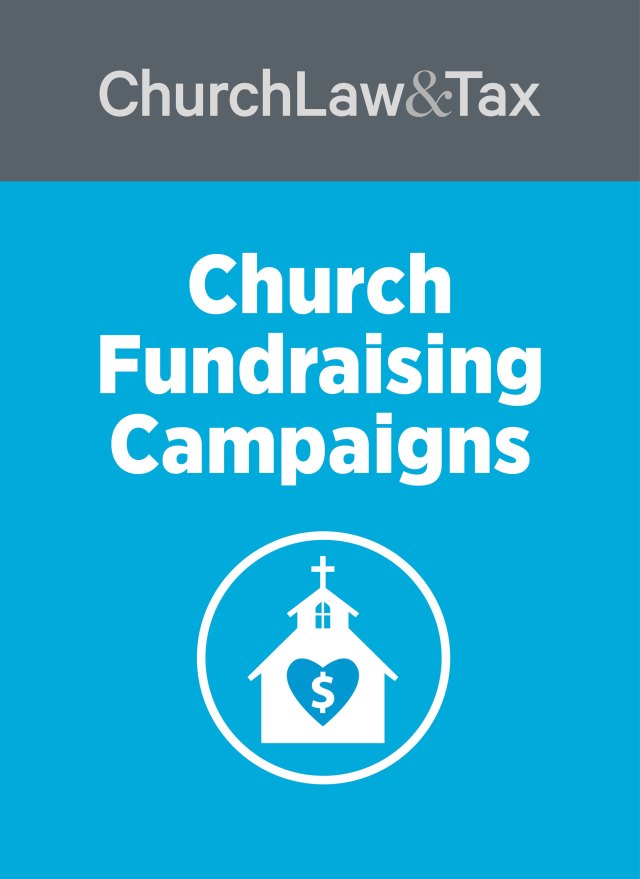Background. Kevin and Tina are a young couple who were married a few years ago. Shortly after their marriage, Tina quit her practice of “tithing” to her church. Kevin was not a member of any church, and so he had never made any church contributions. Kevin and Tina had a premature baby, which resulted in substantial medical bills that were not fully covered by insurance. Tina’s church provided the couple with funds to help them pay their phone bills and utility bills. Because of this assistance by the church in their time of need, Kevin joined his wife’s church and began tithing a portion of his income to the church. A few months later, the couple filed for bankruptcy protection under chapter 13 of the bankruptcy law. Under chapter 13 (also known as a “wage earner’s plan”), the debtor continues to work and applies all “disposable income” to the payment of debts. Kevin and Tina’s plan called for monthly plan payments of $365 for 39 months. Unsecured, nonpriority creditors received nothing under the plan. The bankruptcy trustee objected to the plan on the ground that the couple was not applying all of their disposable income to their debts. In particular, the trustee noted that the couple planned on making monthly contributions of $234 to their church, which amounted to 7% of Kevin’s gross income. Kevin conceded that tithing is not required as a condition of membership in his church, but is “strongly recommended.” Kevin claimed that his charitable contributions will result in “raises and bonuses” in his employment, since “the more I give the more I will receive.”
A federal court noted that the bankruptcy law provides that a bankruptcy plan will not be approved unless the debtor’s projected disposable income to be received in the next 3 years will be applied to payments under the plan. However, it noted that the bankruptcy law defines “disposable income” to exclude charitable contributions to a qualified religious or charitable organization in an amount not to exceed 15% a debtor’s income. Since the couple’s monthly tithe was only 7% of their income, it did not meet the definition of disposable income and there was no reason to reject their plan on account of these contributions.
Relevance to church treasurers. Church treasurers should recognize that the Religious Liberty and Charitable Donation Protection Act of 1998 amended the bankruptcy law to prohibit the rejection of bankruptcy plans on the basis of charitable contributions that do not exceed 15% of a debtor’s annual income (or a higher percentage if consistent with the debtor’s regular practice in making charitable contributions).
In addition, the Act provides that bankruptcy trustees no longer have authority to recover contributions made by debtors to a religious or charitable organization if (1) the amount of the contribution does not exceed 15% of the debtor’s annual income for the year in which the contribution was made, or (2) the contribution exceeded 15% of the debtor’s gross annual income, but “was consistent with the practices of the debtor in making charitable contributions”. The effect of this law is to deprive bankruptcy trustees of the authority to recover most contributions from churches. In re Cavanagh, 242 B.R. 707 (D. Mont. 2000).
This content originally appeared in Church Treasurer Alert, September 2001.




